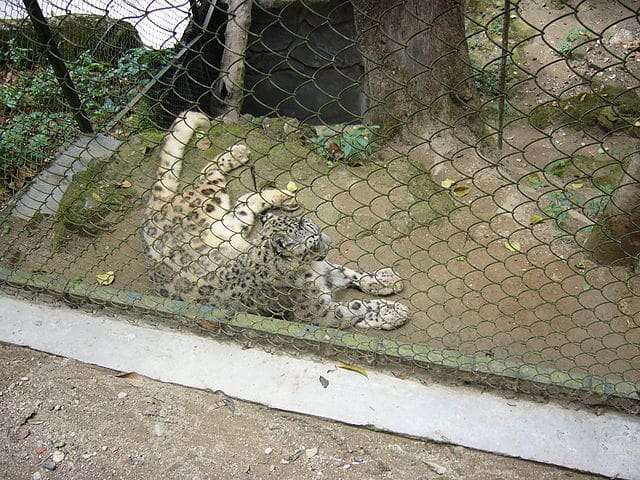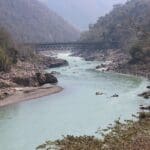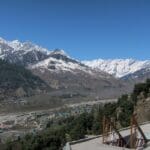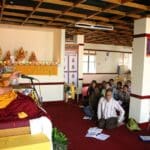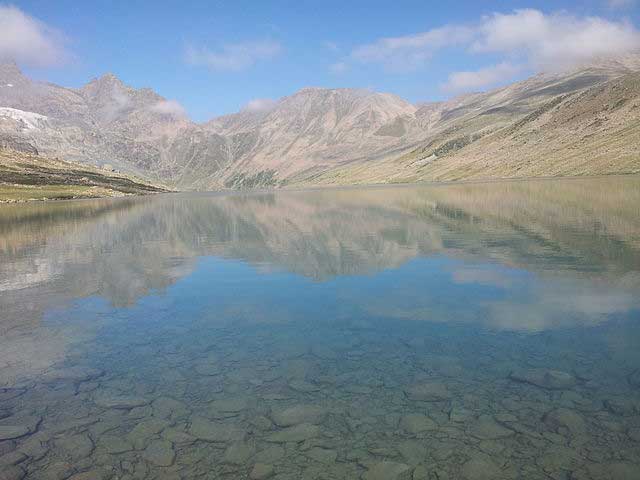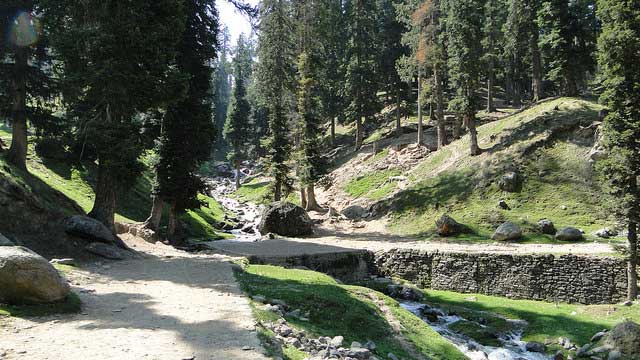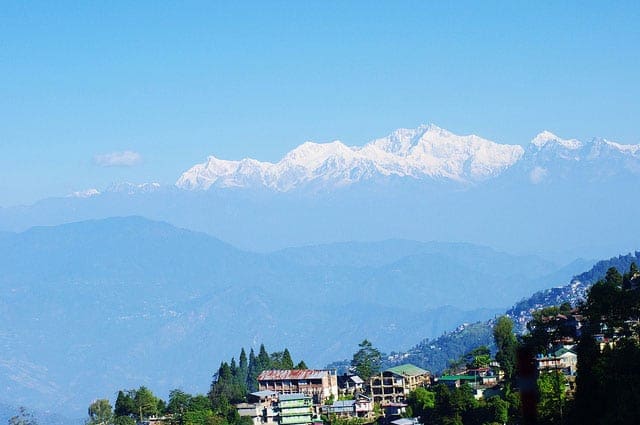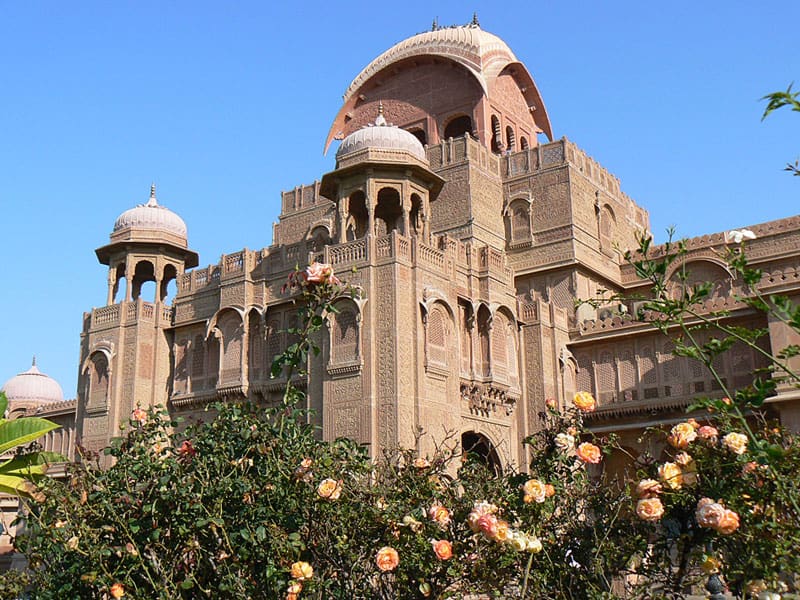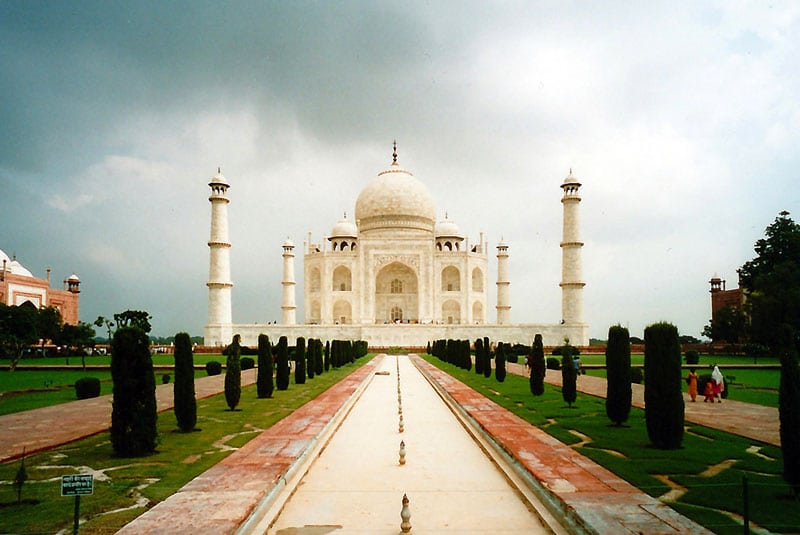Nestled on the western fringes of the enchanting Darjeeling district, Rimbik is a remote Himalayan gem that steals the hearts of every traveler. With vistas commanding snow-capped peaks, lush forests brimming with rare wildlife, and a serenity unmatched by touristy towns, Rimbik is the soul of North Bengal’s offbeat adventure. For those yearning for authentic experiences, tranquil landscapes, and the untamed beauty of the Himalayas, Rimbik stands out as one of the most coveted destinations. This article explores the top 5 places to visit in Rimbik while immersing you in the region’s mesmerizing natural splendors, unique culture, and rich biodiversity. Whether you are a passionate trekker, wildlife enthusiast, or seeker of peace, this guide will lead you through every must-visit spot in Rimbik and its enchanting surroundings.
1. Sandakphu: The Pinnacle of Himalayan Treks
Sandakphu is the crown jewel of Himalayan trekking and by far the most celebrated place to explore near Rimbik. Towering at an altitude of 3,636 meters, Sandakphu rewards the adventurous with panoramic views of the world’s four highest peaks: Everest, Kanchenjunga, Lhotse, and Makalu. The trek to Sandakphu from Rimbik weaves through dense rhododendron forests, highland meadows, and picturesque villages, offering spellbinding vistas at every turn.
-
Trail Experience: The route from Rimbik is a pilgrimage for nature lovers and seasoned trekkers, winding past the charming villages of Srikhola and Gurdum before ascending to the windswept heights of Sandakphu.
-
Flora and Fauna: The region’s biodiversity is remarkable, with vibrant rhododendron blooms in spring, rare orchids, and sightings of the elusive red panda within Singalila National Park.
-
Best Time to Visit: For crystal-clear mountain views and pleasant trekking conditions, visit between March and May or October and November.
-
Soul of the Experience: The sense of achievement as you stand atop Sandakphu—the highest point in West Bengal—and gaze upon a panorama hailed as the “Sleeping Buddha” is truly unforgettable.
2. Singalila National Park: The Sanctuary of Himalayan Biodiversity
Second on the list of top places to visit in Rimbik is the breathtaking Singalila National Park. Just a short journey from the village, this protected sanctuary is an ecological wonderland and a UNESCO World Heritage Site, famous for its spectacular mountain scenery and profound serenity.
-
Wildlife Encounters: Home to endangered red pandas, Himalayan black bears, barking deer, and hundreds of bird species, including the satyr tragopan and blood pheasants, Singalila is a paradise for wildlife enthusiasts and birdwatchers.
-
Scenic Trails: The park’s interlacing trails are ideal for hikes and nature walks, offering travelers the chance to experience pristine forests, cascading rivers, and alpine meadows carpeted with wildflowers.
-
Photographic Opportunities: Every vista here is a photographer’s dream—from the playful mists drifting across ancient pines to the emerald valleys lying under a dome of snow-capped peaks.
-
Cultural Immersion: Encounters with local communities—Lepchas, Sherpas, and Nepalis—offer rich insights into the mountain cultures and their sustainable ways of life.
3. Srikhola: Riverside Bliss and Village Serenity
On your journey between Rimbik and Sandakphu lies Srikhola, a tranquil riverside hamlet beloved by trekkers and peace seekers. The name “Srikhola” comes from the local word for river (“khola”), perfectly capturing the essence of this idyllic village perched on the banks of a clear mountain stream.
-
Nature Walks: Stroll along the wooded trails, past singing birds and fluttering butterflies, where the only noise is the gentle rush of Srikhola’s waters.
-
Village Hospitality: Stay in charming homestays run by local families, savoring organic Nepali and Lepcha cuisine sourced from backyard gardens.
-
Riverside Camping: The riverside is perfect for picnics or camping, providing a meditative setting under the starry Himalayan night.
-
Bridge and Waterfall: Don’t miss the iconic wooden hanging bridge and secret waterfalls—favorite spots for both photographers and those in need of tranquility.
4. Rimbik Monastery: Spiritual Solitude in the Heart of Nature
The Rimbik Monastery stands as a beacon of peace, history, and culture amidst Himalayan grandeur. For centuries, this tranquil Buddhist haven has watched over the hills and valleys, drawing visitors with its spiritual ambiance and welcoming monks.
-
Monastic Life: Visitors are welcomed with warm hospitality, and can observe peaceful rituals, humming chants, and the flutter of prayer flags in the mountain breeze.
-
Architectural Grandeur: The monastery’s vibrant murals tell tales of Buddhist lore, while its ancient relics and gleaming statues provide a window into the region’s spiritual heritage.
-
Cultural Exchange: Speaking with the monks and local devotees offers deep insights into the values of compassion, meditation, and co-existence present in Rimbik’s daily life.
-
Serene Surroundings: The monastery’s elevated perch grants panoramic views of the surrounding mountains, misty valleys, and enchanting sunrises.
5. Gurdum: Gateway to Birdwatching and Offbeat Himalayan Culture
Gurdum is another quintessential Himalayan hamlet located a short distance from Rimbik, making it ideal for a day trip or overnight halt. Known for its vibrant greenery, varied birdlife, and warm-hearted locals, Gurdum is the embodiment of Rimbik’s rustic charm.
-
Birdwatcher’s Paradise: The forests surrounding Gurdum are teeming with Himalayan birds—look out for sunbirds, laughing thrushes, and the rare fire-tailed myzornis.
-
Village Walks: Amble through winding paths surrounded by terraced fields, bamboo groves, and traditional homes built from wood and stone.
-
Rhododendron Trails: In spring, the pathways burst into life with rhododendrons in every shade, offering explosions of color against the green backdrop.
-
Local Cuisine and Culture: Sample millet-based breads, gundruk soup, and homegrown teas while conversing with locals who embody Himalayan hospitality.
Complementary Attractions Near Rimbik
While these five destinations are the heart of Rimbik, the surrounding region offers a tapestry of rich experiences. Here are a few more not-to-miss attractions within reach:
-
Kanchenjunga Viewpoints: Several vantage points near Rimbik provide soul-stirring glimpses of the mighty Kanchenjunga range, especially at dawn and dusk.
-
Tea Gardens: Stroll through terraced family-run tea gardens to witness traditional plucking and processing, and sample fresh hill teas right where they are grown.
-
Padmaja Naidu Himalayan Zoological Park: A premier high-altitude zoo in Darjeeling that shelters rare Himalayan wildlife, located within a scenic drive from Rimbik.
-
Dhirdham Temple: Seek spiritual solace at this Lord Shiva temple known for its striking architecture and peaceful atmosphere.
-
Simana View Point: Perched on the border between India and Nepal, offering unmatched Himalayan panoramas and a unique cross-border experience.
Planning Your Visit: Essential Travel Tips
How to Reach Rimbik:
-
The nearest airport is Bagdogra Airport, about 90 kilometers from Rimbik.
-
The closest major railway station is New Jalpaiguri (NJP), connecting to Siliguri and further road transport.
-
From NJP or Bagdogra, access Rimbik via shared taxis or private vehicles through Maneybhanjang—enjoying a scenic journey of around 5–6 hours.
Best Time to Visit Rimbik:
-
Spring (March–May): Temperate weather, blooming rhododendrons, and sparkling skies.
-
Autumn (October–November): Crystal-clear mountain views, moderate temperatures, and amazing trekking conditions.
-
Winter (December–February): For chilly tranquility, snow-dusted slopes, and crowd-free mountain retreat.
-
Monsoon (June–September): Lush greenery with frequent rains—trekking may be challenging.
Staying in Rimbik:
-
Stay in authentic homestays, trekkers’ huts, and budget lodges for a warm and welcoming Himalayan experience.
-
Enjoy homemade food—dal-bhaat-tarkari, thukpa, and traditional stews, using organic vegetables from the host’s gardens.
Local Experiences:
-
Learn to make traditional momos or gundruk soup with a village family.
-
Attend local festivals celebrating Lepcha and Sherpa heritage.
-
Indulge in riverside meditation or yoga—where the only soundtrack is birdsong and the rush of Himalayan rivers.
What to Pack:
-
Layered clothing, warm gear, and sturdy trekking shoes.
-
Rain gear if visiting during the monsoon.
-
Cash, as ATMs are scarce; basic medical supplies; power banks for devices due to spotty electricity.
-
Binoculars and a camera for wildlife and landscape photography.
Why Rimbik Should Be Your Next Himalayan Escape
Rimbik’s charm lies in its untouched landscapes, harmonious village life, and the genuine warmth of the mountain people. Its vibrant culture, remarkable wildlife, and the grand canvas of towering peaks create a symphony of experiences that linger in the soul long after you’ve left.
Whether your spirit seeks the thrill of Himalayan adventure, the healing hush of nature, or deep cultural connection, Rimbik’s top attractions deliver memories that last a lifetime. Discover hidden waterfalls, trek storied trails, wake to painted dawn skies, and savor life’s slower rhythms under a tapestry of stars.
Frequently Asked Questions (FAQs)
-
What is the best time to visit Rimbik?
The best time to visit is during spring (March–May) and autumn (October–November) for clear views, moderate temperatures, and blooming rhododendrons. -
Is Rimbik safe for solo travelers and families?
Yes, Rimbik is known for its warm hospitality and safe environment, making it ideal for solo adventurers, couples, or families. -
How do I get to Rimbik from Darjeeling or Siliguri?
Private taxis and shared jeeps are available from Darjeeling via Maneybhanjang. The journey from Siliguri or NJP takes about 5–6 hours. -
What trekking routes start from or pass through Rimbik?
Rimbik is a famed base for Sandakphu-Phalut, Singalila, and Srikhola-Gurdum treks. -
Are there luxury accommodations in Rimbik?
The accommodations are primarily homestays and budget lodges—expect basic amenities, cleanliness, and heartwarming hospitality. -
What wildlife may I encounter in Singalila National Park?
Red pandas, Himalayan black bears, serow, barking deer, blood pheasants, satyr tragopan, and a diversity of butterflies and orchids. -
Can I experience local culture during my visit?
Absolutely—live in homestays, join in village festivals, try local cuisine, and explore age-old Lepcha and Nepali traditions. -
Is Rimbik suitable for birdwatching?
Yes, the forests around Rimbik and Gurdum are hotspots for Himalayan birds, particularly active in spring and autumn. -
Are guides necessary for the trek to Sandakphu?
Yes, a certified guide is mandatory for entry into Singalila National Park and the Sandakphu trek for safety and conservation. -
What kind of food is available in Rimbik?
Homestays serve organic, home-cooked meals featuring dal-bhaat, momos, thukpa, gundruk soup, and millet-based breads. -
Are there ATMs or internet facilities in Rimbik?
No ATMs or reliable internet facilities—withdraw cash and carry essential supplies before leaving main towns. -
Is Rimbik accessible in winter?
Yes, though it becomes cold; roads may be slippery. Winter offers solitude, clear views, and enchanting snowscapes. -
What makes Sandakphu special compared to other Himalayan trek towns?
Its 360-degree panoramas, showcasing the ‘Sleeping Buddha’ range and glimpses of four of the world’s highest peaks. -
Is camping allowed in Singalila National Park?
Camping is subject to permits; most prefer homestays or trekkers’ huts, but guides can assist with legal camping spots. -
How can I contribute to local sustainability during my visit?
Choose eco-friendly homestays, avoid plastic, minimize waste, support local guides, and respect wildlife and local customs.


